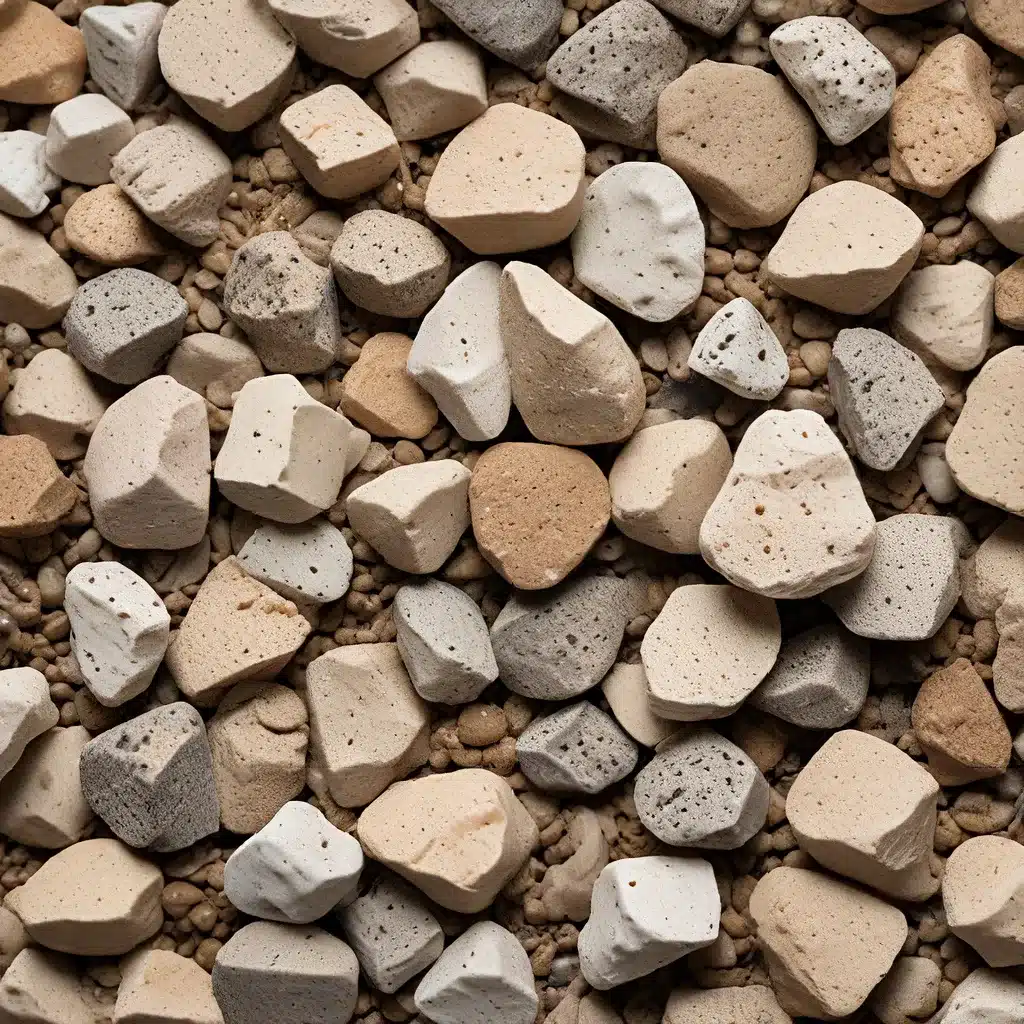
Understanding the Importance of a Healthy Aquarium Substrate
As aquarists, we often focus so much on the aquarium’s water parameters, lighting, and livestock that we can overlook the crucial role played by our substrate. The gravel, sand, or other materials lining the bottom of our tanks are far more than just a decorative element – they are essential components that contribute to the overall health and stability of the aquarium ecosystem.
Proper substrate maintenance is a cornerstone of successful long-term aquarium keeping. The substrate serves as a hub for beneficial bacteria, provides a home for detritivores like shrimp and snails, and can even influence the water chemistry through various chemical interactions. Neglecting this foundational aspect of aquarium care can lead to a host of problems, from poor water quality to stunted plant growth and unhealthy fish.
Evaluating Your Substrate: What to Look For
The first step in maintaining a healthy aquarium substrate is to regularly inspect its condition. Look for telltale signs of problems, such as:
- Compaction or hardening of the substrate material
- Excess waste buildup or debris accumulation
- Discoloration or algae growth
- Foul odors emanating from the substrate
These issues can indicate that the substrate is in need of some attention. Compaction, for example, can restrict oxygen flow and create pockets of anaerobic bacteria, leading to the release of toxic gases like hydrogen sulfide. Debris and waste buildup can also provide a breeding ground for harmful pathogens and parasites.
Techniques for Maintaining a Healthy Aquarium Substrate
Keeping your aquarium substrate in top condition requires a combination of regular maintenance and proactive measures. Here are some essential techniques to incorporate into your aquarium care routine:
1. Gravel Vacuuming: Use a gravel vacuum during your weekly water changes to remove accumulated waste and detritus from deep within the substrate. This helps prevent the buildup of organic matter that can lead to water quality issues.
2. Substrate Aeration: Periodically use a substrate aerator tool or gently stir the substrate to improve oxygen circulation and dislodge any compacted areas. This can help promote the growth of beneficial bacteria and prevent the formation of anaerobic pockets.
3. Substrate Replacement: Over time, even the best-maintained substrate can become exhausted or contaminated. Consider replacing a portion of the substrate every year or two to refresh the system and provide a clean foundation for your aquarium inhabitants.
4. Beneficial Additions: Incorporating live plants, shrimp, or other detritivores into your aquarium can help maintain a healthy substrate. These organisms will naturally sift through the substrate, consuming waste and promoting oxygenation.
5. Chemical Treatments: In some cases, you may need to use specialized chemical treatments to address specific substrate-related issues, such as high phosphate levels or a buildup of organic matter. Always research and follow the product’s instructions carefully.
Balancing Aesthetics and Function
While maintaining a healthy substrate is essential, it’s also important to consider the aesthetic appeal of your aquarium. After all, the substrate is a crucial component of the overall aquascape. When selecting and caring for your substrate, strive to find a balance between functionality and visual appeal.
Experiment with different substrate materials, colors, and textures to create the desired look for your aquarium. Remember that substrate depth, layering, and even decorative elements like rocks or driftwood can all contribute to the final aquascape. By combining practical substrate maintenance with an eye for design, you can create a thriving, visually stunning aquatic environment that will captivate both you and your aquarium inhabitants.
Conclusion: The Foundation of a Successful Aquarium
Proper aquarium substrate maintenance is a fundamental aspect of responsible aquarium keeping. By regularly monitoring, aerating, and refreshing your substrate, you can ensure that this critical component of your aquarium ecosystem remains in top condition. Invest the time and effort to care for your substrate, and you’ll be rewarded with a healthier, more vibrant aquarium that will bring you years of enjoyment and satisfaction.
For more information on aquarium care and maintenance, be sure to visit KingAquarium.com. Our team of aquatic experts is dedicated to providing the knowledge and resources you need to create and maintain a thriving aquarium ecosystem.

